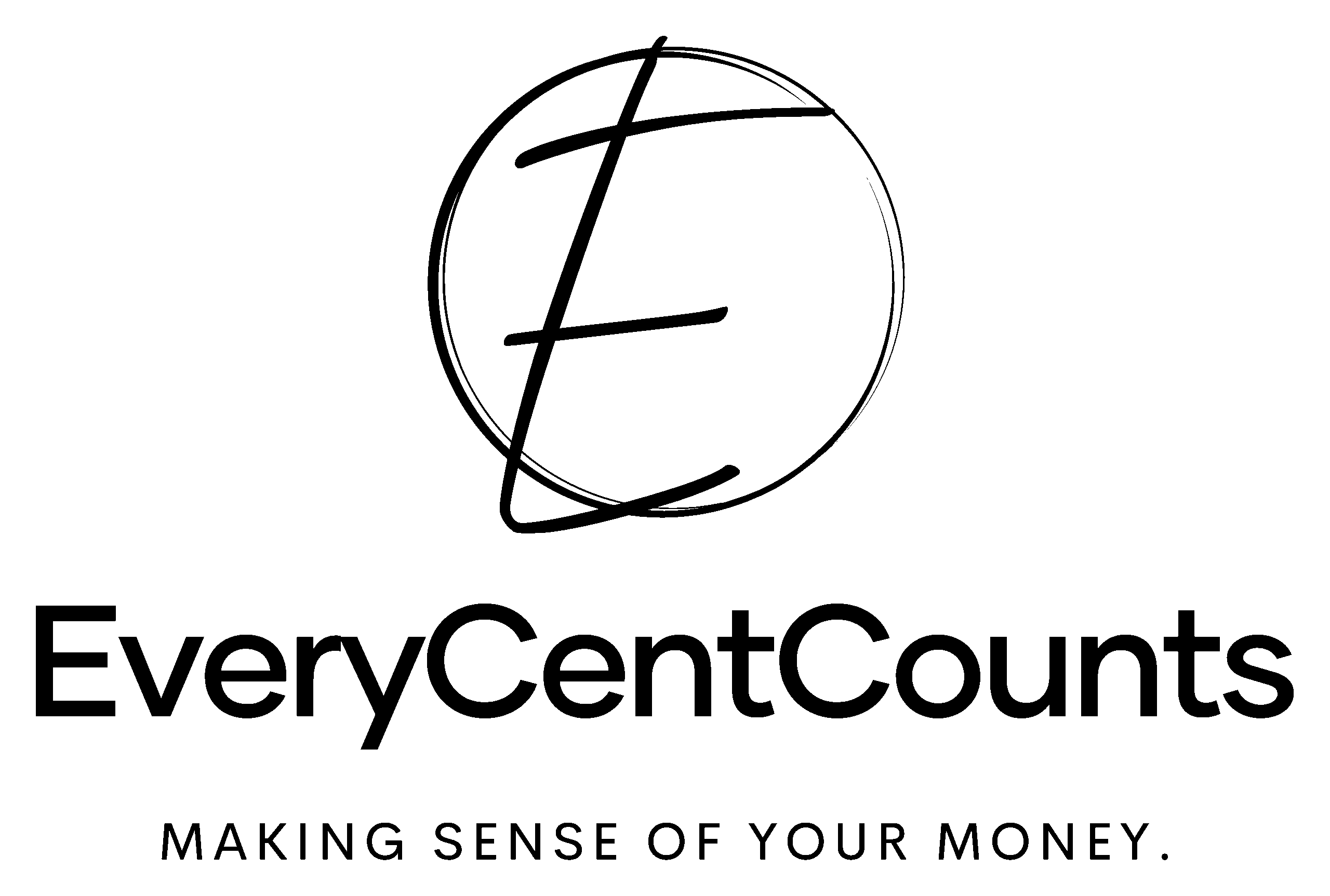Crafting a Smart Business Budget
Managing a business budget effectively is essential for sustained growth, stability, and profitability. While it’s crucial to remember that every business has unique needs, establishing general guidelines for budget allocation by percentages can provide a valuable framework. Below is a breakdown to guide you, along with the reasoning behind each allocation:
1. Operating Expenses (30-40%)
- What it includes: These are the day-to-day costs required to keep the business functioning. This category commonly includes rent, utilities, salaries for non-sales staff, insurance premiums, and office/operational supplies.
- Justification: Operating expenses are fundamental for the smooth running of your business. Allocating within 40% helps ensure sufficient resources for other critical areas while maintaining the necessary infrastructure and personnel for ongoing operations and success.
2. Marketing and Advertising (10-20%)
- What it includes: This category encompasses expenses directly related to promoting your business and acquiring customers. This includes digital advertising (e.g., Google Ads, social media ads), social media marketing campaigns, Search Engine Optimization (SEO), content creation (blog posts, videos, etc.), and traditional advertising methods (print, radio, etc.).
- Justification: Marketing is a significant driver of growth and customer acquisition. A strategic and healthy investment in this area ensures your business maintains visibility, remains competitive within the marketplace, and reaches its target audience effectively.
3. Research and Development (5-15%)
- What it includes: Innovation is often a key differentiator in the market. Investing in Research and Development (R&D) allows businesses to improve existing products or services, explore new product lines or service offerings, and identify emerging market opportunities.
- Justification: A dedicated focus on innovation enables businesses to adapt to evolving market trends, meet changing customer needs, and maintain a competitive edge. This investment can lead to long-term sustainability and market leadership.
4. Employee Compensation and Benefits (20-30%)
- What it includes: This category covers the costs associated with your workforce, including salaries, wages, bonuses, and employee benefits such as health insurance, retirement plan contributions, paid time off, and other perks.
- Justification: Employees are the core of any successful business. Competitive compensation and comprehensive benefits packages are vital for boosting employee morale, enhancing productivity levels, and playing a crucial role in attracting and retaining top talent within your industry.
5. Savings and Contingency Fund (5-10%)
- What it includes: This allocation is specifically for unforeseen expenses, unexpected emergencies, or potential operational setbacks. It also serves as a savings pool for future strategic investments or business expansion initiatives.
- Justification: A well-funded contingency fund acts as a crucial financial safety net. It provides a buffer that helps your business navigate unforeseen circumstances, such as economic downturns or unexpected operational issues, without jeopardizing its stability.
6. Profit and Reinvestment (10-15%)
- What it includes: This portion of your budget is allocated towards reinvesting back into the business for future growth initiatives (e.g., new equipment, technology upgrades, market expansion) or as profit distributions to the company’s stakeholders (owners, shareholders).
- Justification: Strategic reinvestment is essential for long-term growth, innovation, and overall sustainability of the business. Profit distributions serve to keep stakeholders motivated, engaged, and confident in the company’s financial performance and future prospects.
Conclusion:
By utilizing this percentage breakdown as a foundational guide, businesses can work towards establishing a well-balanced budget that actively promotes growth, fosters innovation, and ensures financial stability. It’s paramount to remember that these percentages serve as general recommendations and should be thoughtfully adjusted to align with the specific dynamics of your industry, the unique size and scale of your business operations, and your clearly defined strategic goals. Regularly reviewing and strategically tweaking your budget is also crucial to accurately reflect evolving market conditions, changing business circumstances, and emerging opportunities for continued success.
